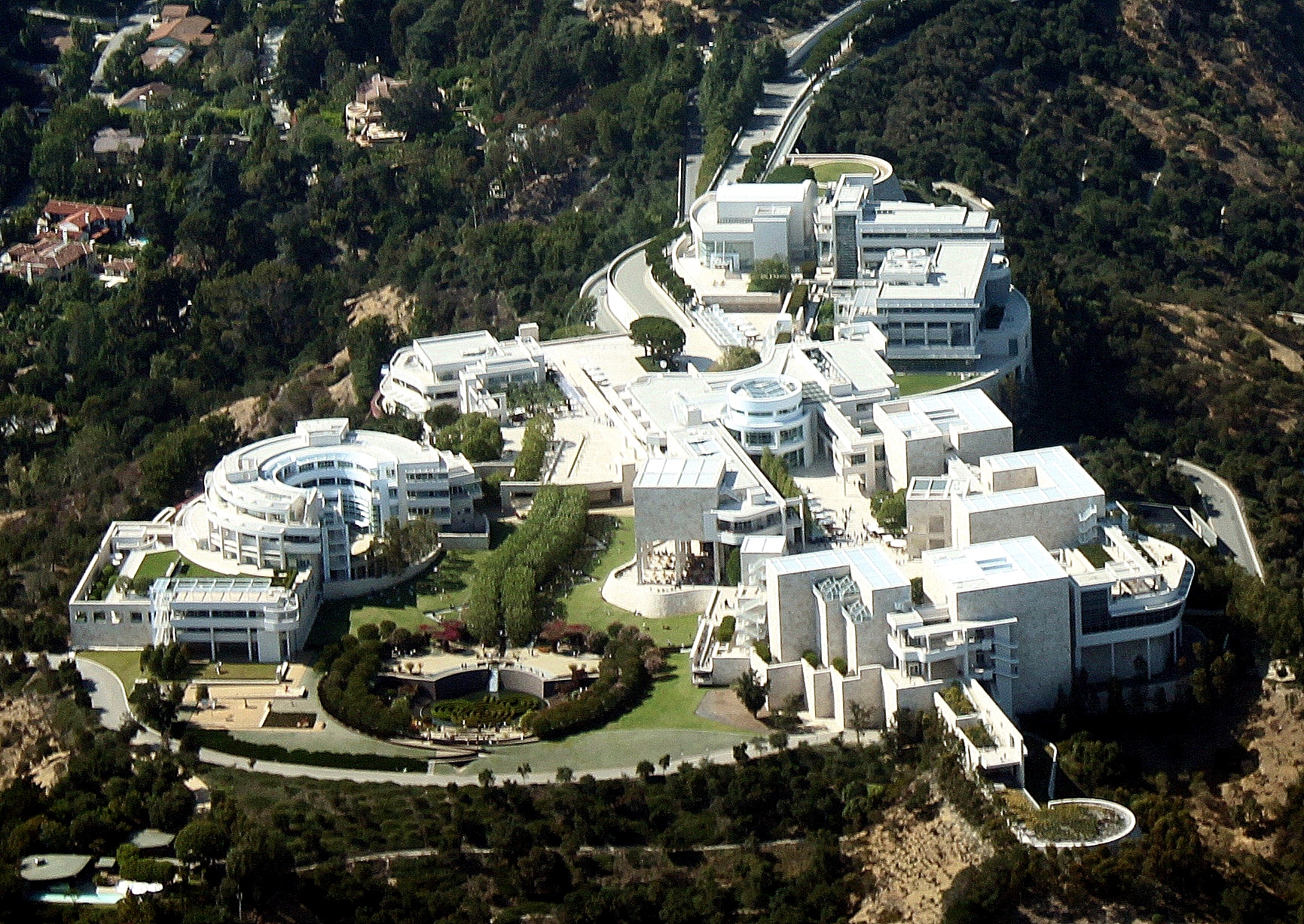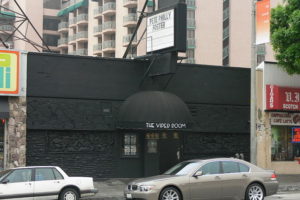In the neighborhood of Brentwood in Los Angeles, you’ll find the Getty Center at 1200 Getty Drive. It’s not just a museum; this complex is home to the J. Paul Getty Museum, the Getty Foundation, a Research Institute, a Conservation Institute, and the Getty Trust. Additionally, there’s an auditorium and several gardens, adding to its grandeur.
The center’s name pays homage to the American businessman and philanthropist Jean Paul Getty (1892-1976), known for his substantial trust fund contributions, private art collection, and a Roman-style villa located in the upscale residential neighborhood of Pacific Palisades in Malibu. Getty began acquiring art in the 1930s, but it was his donations that marked the systematic growth of his collection, gaining international fame. The museum first opened in 1974 at the Getty Villa, focusing on Greco-Roman art, mirroring the architectural style of ancient villas in Pompeii and Herculaneum.
The opening of the Getty Center in Los Angeles in 1997, designed by Richard Meier, marked a significant shift. Most of the art collections were moved to this new site, except for the Greek and Roman pieces, which remained at the Malibu villa. The Center in Los Angeles mainly serves as an art museum, spread across multiple buildings called pavilions. Each pavilion has a specific focus: North Pavilion for art before 1600, including ancient art, sculpture, decorative arts, and manuscripts; East Pavilion for art from 1600 to 1800, featuring sculptures and drawings; South Pavilion for decorative arts of the same period; West Pavilion for post-1800 art, which also includes a terrace for the Photography Center; and the Exhibition Pavilion for changing guest exhibitions. The pavilions are interconnected through corridors and walkways, offering expansive views of the surrounding landscape.

The Getty Museum’s aggressive acquisition policy is nearly limitless, backed by a hefty endowment. The Foundation owns oil shares and other business interests initially provided by Jean Paul Getty. For instance, just the shares from Getty Oil were valued at $660 million in the 1980s, and the institution’s financial endowment is now estimated at around $4.2 billion. According to U.S. law, the Trust must allocate a large portion of its annual income to charitable purposes like scholarships, research, restoration, etc., with art purchases considered part of these altruistic goals. This strategy enriches the museum’s collection significantly.
Some of the art market’s record-breaking prices are due to purchases by the Getty Museum. In 1988, it was rumored to have offered 300 billion pesetas for the Thyssen Collection. Despite the staggering offer, the deal fell through as Baron Thyssen refused, opting instead to house the collection in Madrid. Among the Getty’s notable acquisitions are Van Gogh’s “Irises,” a record-breaking purchase in 1987; Fra Bartolommeo’s “Holy Family” in 1996 for over 2 billion pesetas; Pontormo’s “Halberdier” in 1989 for $35.2 million; El Greco’s “Crucified Christ” in 2000 for about 1 billion pesetas ($6 million euros); and Titian’s “Portrait of Marquis del Vasto,” acquired in 2004 for nearly $70 million through a private agreement.
The museum’s painting collection, featuring about 450 works, focuses on European art from the 14th century in Italy to the early 20th century with artists like James Ensor and Edvard Munch. It generally stops at the year 1900, with few exceptions, avoiding cubism and other avant-garde movements.



